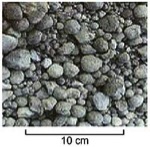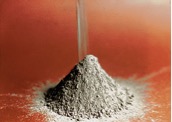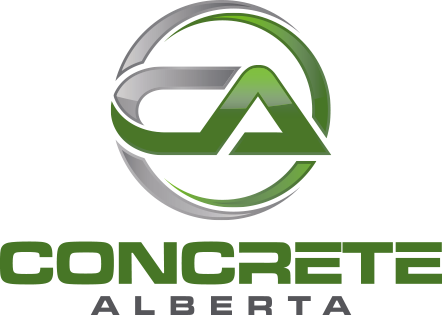The Process for Making Portland Cement
Materials that contain appropriate amounts of calcium compounds, silica, alumina and iron oxide are crushed and screened and placed in a rotating cement kiln. Ingredients used in this process are typically materials such as limestone, sandstone, marl, shale, iron, clay, and fly ash.

The kiln resembles a large horizontal pipe with a diameter of 10 to 15 feet (3 to 4.1 meters) and a length of 300 feet (90 meters) or more. One end is raised slightly. The raw mix is placed in the high end and as the kiln rotates the materials move slowly toward the lower end. Flame jets are at the lower end and all the materials in the kiln are heated to high temperatures that range between 1450 and 1650 Celsius (2700 and 3000 Fahrenheit).
This high heat drives off, or calcines, the chemically combined water and carbon dioxide from the raw materials and forms new compounds (tricalcium silicate, dicalcium silicate, tricalcium aluminate and tetracalcium aluminoferrite). For each ton of material that goes into the feed end of the kiln, two thirds of a ton then comes out the discharge end, called clinker. This clinker is in the form of marble sized pellets.

Clinker |

|
The clinker is very finely ground to produce portland (hydraulic) cement. A small amount of gypsum is added during the grinding process to control the cement's set or rate of hardening.
